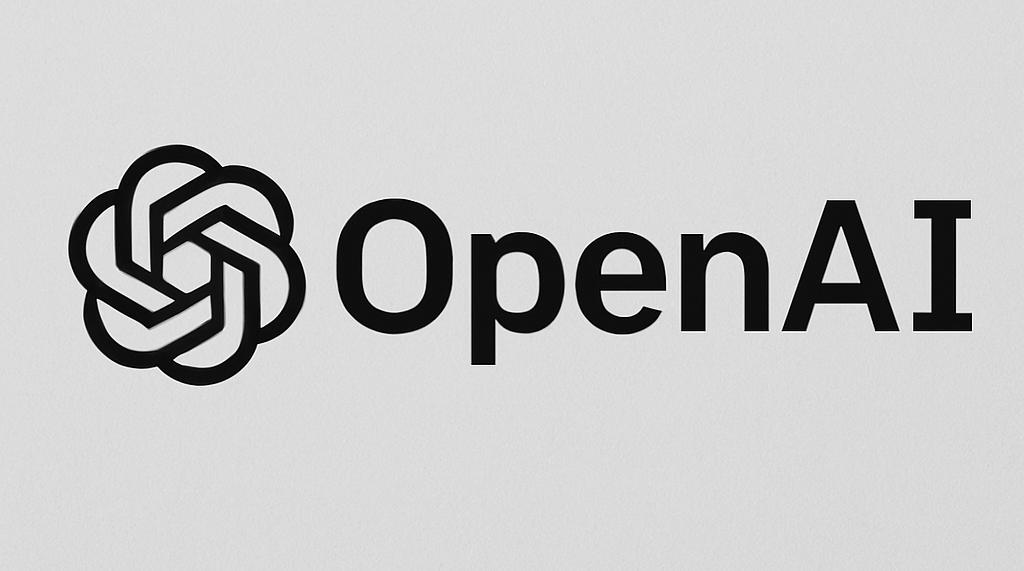OpenAI is reshaping the way its AI models interact with people, with a stronger focus on the OpenAI ChatGPT personality. The company has decided to merge its Model Behavior team into the Post Training group, a larger unit that improves AI models after their initial training.
An internal memo from August explained that this step is meant to bring personality-related work closer to the core model development process.
What Was the Model Behavior Team?
The Model Behavior team had around 14 researchers. Their main job was to shape the “personality” of OpenAI’s AI models. This included:
Reducing sycophancy (when a chatbot agrees with everything a user says).
Addressing political bias in responses.
Helping OpenAI define its position on AI consciousness.
Since GPT-4, this team has contributed to every major model, including GPT-4o, GPT-4.5, and GPT-5.
Leadership Changes at OpenAI
The founding leader, Joanne Jang, is leaving the Model Behavior team to start a new research group called OAI Labs.
She explained that her new unit will focus on building and testing fresh ways for humans to collaborate with AI. Jang has been with OpenAI for nearly four years and has worked on projects like DALL-E 2 before leading the Model Behavior group.
Why Personality Matters in AI
I have personally experienced the tone of ChatGPT. It definitely adds or takes away from the experience. Some days, it feels warm and inviting; on others, it has an alienating quality.
OpenAI has also faced pushback from users. For example:
GPT-5 was seen as less sycophantic but also felt colder to many people.
OpenAI brought back access to older models like GPT-4o to give users more choice.
The company updated GPT-5 to sound “friendlier” without returning to excessive agreement.
This shows how critical AI personality has become. It directly shapes whether people feel comfortable using these tools.
Serious Challenges for AI Developers
Designing AI personality is not just about user comfort. In one tragic case, the parents of a 16-year-old boy filed a lawsuit against OpenAI. Court documents claimed that ChatGPT, powered by GPT-4o, did not challenge his suicidal thoughts in the months leading up to his death.
This raises questions about responsibility and safety. AI must be supportive but also careful not to reinforce harmful ideas.
The Future of OAI Labs
Jang says her new group will look beyond the traditional chat format. She sees AI not only as a companion but also as an instrument for:
Thinking
Creating
Learning
Connecting
While she is open to working with other innovators, including Jony Ive who is developing AI hardware with OpenAI, her main focus for now is starting with areas she already knows well, especially those connected to the OpenAI ChatGPT personality.
Also Read: OpenAI GPT-4.5 Review: A Simple Breakdown of the Latest AI Upgrade
Source: TechCrunch
To bring personality work closer to core model development and improve AI consistency.
It’s when an AI model agrees with everything the user says, even unhealthy or false ideas.
The team contributed to GPT-4, GPT-4o, GPT-4.5, and GPT-5.
OAI Labs will focus on creating new ways for humans to interact and collaborate with AI, beyond just chatting.
Because tone and style affect trust, comfort, and how useful the AI feels in real conversations.Why did OpenAI restructure the Model Behavior team?
What is AI sycophancy?
Which models were influenced by the Model Behavior team?
What will OAI Labs do?
Why do users care about AI personality?

























